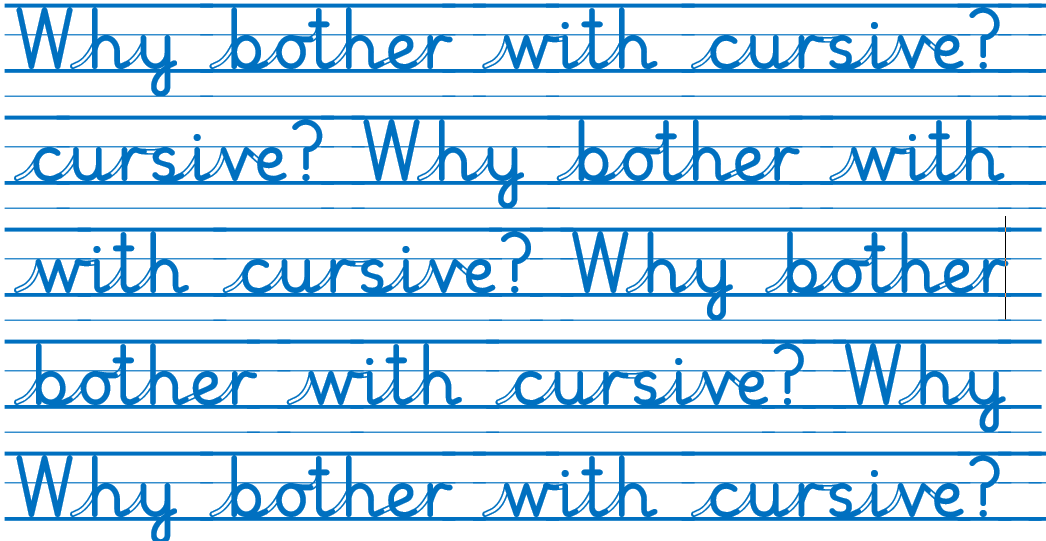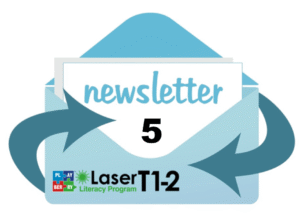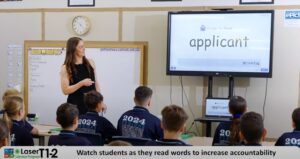
Compiled by Karen Hodson - Educational Psychologist
Co-Director Fullarton House, Assessment, Therapy and Teaching
Virginia Berninger is a professor of educational psychology at the University of Washington who studies the effect of handwriting on the human brain. Her research and that of her colleagues reveal several interesting things about cursive.
Forming letters helps create the letter form in the mind’s eye.
It facilitates the perception of letters, which helps students recognise the letters later when reading. Handwriting also integrates the letters and written words in the mind’s eye with the sequential hand and finger movements during the writing and supports the retention of correct spelling. When writing in cursive, the word becomes a unit rather than a series of separate strokes, and the correct spelling is more likely to be retained.
Handwriting engages more cognitive processes than typing.
When handwriting, the sequencing of the strokes engages the thinking part of the mind. College students who took notes in longhand performed better on conceptual questions than those who took notes on laptops (Mueller and Oppenheimer, 2014).
Revisiting correct letter formations when learning cursive helps resolve letter reversals.
All lowercase cursive letters can begin on the line, so fewer of them are likely to be reversed.
Cursive is undeniably faster than printing.
Linking letters into word units speeds up writing. Cursive handwriting allows students to compose their thoughts faster than printing or typing – at least until about seventh grade when their brains become mature enough to manage two-handed typing quickly. To follow a typical lecture a student needs to jot down 100 legible words a minute – someone using print can manage only 30, on average (Freedman, 2005).
When handwriting becomes fluent and automatic, students have more mental resources available to transform ideas into print, increasing both the quality and quantity of writing (Graham and Santagelo, as cited in Saperstein Associates, 2012).
Learning cursive handwriting enables children to read other people’s writing, which may be cursive.
For students with dysgraphia, early intervention with specialised instruction is a vital, non-negotiable part of literacy instruction.
Fewer pick-ups and put-downs.
The motor system must process and execute this series of movements every time a writer lifts the pen or pencil. A smooth transition from one letter’s exit to another’s entry stroke dramatically reduces this load.
REFERENCES
Berninger, V. (May/June 2012). Strengthening the mind’s eye: The case for continued handwriting instruction in the 21st century. (pp. 28-31). Principal. National Association of Principals.
Hanbury King, D (April/May 2015). Why bother with cursive? The Examiner, International Dyslexia Association.
James, K.H. and Engelhardt, L. (2012). The effects of handwriting experience on functional brain development in pre-literate children. Trends in Neuroscience and Education, 1(1) pp 32-42), ISSN 2211-9493, http://dx.doi.org/10.1016/j.tine.2012.08.001.
Mueller, P.A. & Oppenheimer, D.M. (2014). The Pen Is Mightier Than the Keyboard: Advantages of Longhand Over Laptop Note Taking. Psychological Science, 25(6), 1159-1168.
Saperstein Associates (2012). Handwriting in the 21st century? Research shows why handwriting belongs in today’s classroom. A summary of research presented at Handwriting in the 21st Century? An Educational Summit. Columbus OH: Saperstein Associates. Retrieved from
hw21summit.com/media/zb/hw21/H2948_HW_Summit_White_Paper_eVersion.pdf.
Wolf, B.J. Teaching Handwriting. In Birsh, J.R. (2011). Multisensory Teaching of Basic Language Skills, 3rd Ed. Baltimore, Paul H. Brookes, Inc
Playberry Laser T1-2 is a teacher-supportive multisensory literacy resource for primary teachers to support their teaching in line with research. We’ve taken the planning and resource design load to free teachers to focus on building content knowledge and sharpening their delivery in line with Rosenshine’s Principles of Instruction.






